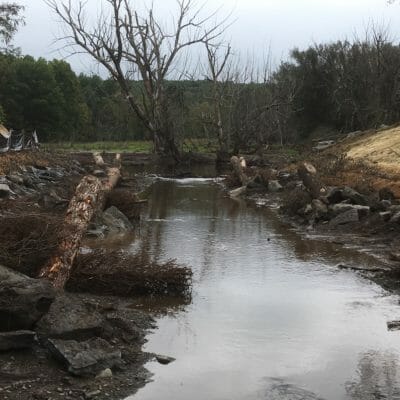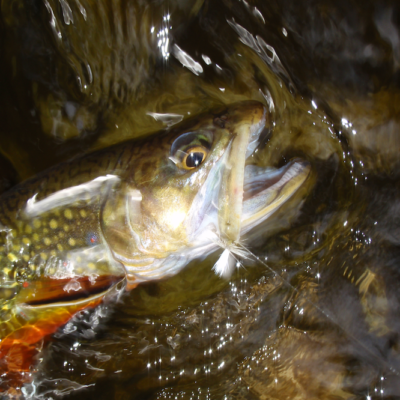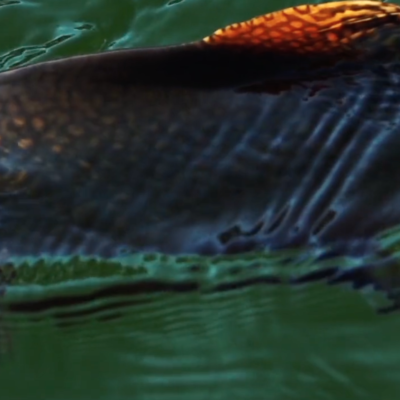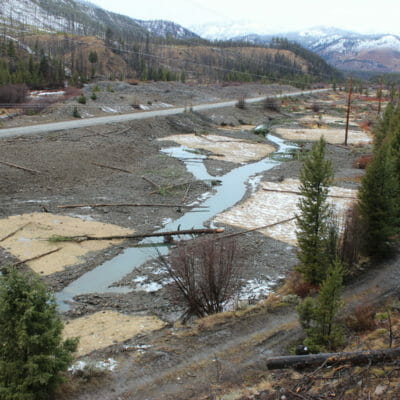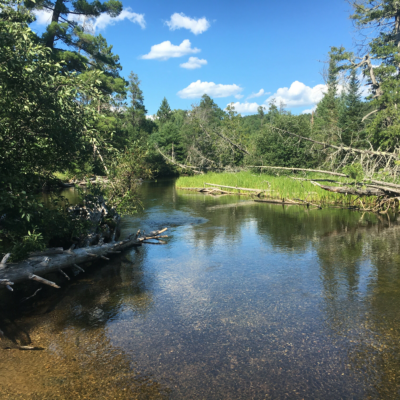by Mark Taylor | January 23, 2019 | Conservation
By Tracy Brown Trout Unlimited’s Columbia-Greene Chapter helped to remove two stream barriers in eastern New York, allowing native brook trout and other creek-dwelling creatures to access miles of cold water habitat. One of the projects involved removing an antiquated culvert on the Town of Chatham’s railroad bed, allowing Green Brook (above) to reestablish its…
The brook trout is actually char, native to Appalachia, eastern Canada and the upper Midwest. Photo by Chris Hunt. Editor’s note: This the third in a series of posts geared toward new fly fishers. More installments will follow. A couple of years ago, I was fishing a small, backcountry trout stream on the Island Park…
by Chris Hunt | January 23, 2019 | Video spotlight
Say what you will about far-flung fishing adventures … that they’re not worth the carbon footprint they create, or that they’re the fool’s errand for anglers with more money than sense … but the search for massive brook trout in the farthest reaches of Patagonia has a certain romance to it. And now, the full…
Perhaps no place in Montana illustrates a more striking juxtaposition between an iconic fishery nestled within an over-exploited landscape than the Clark Fork watershed. The Clark Fork is one of the state’s most popular angling destinations; by the time it flows out of Montana, it has become the state’s largest river. Native westslope cutthroat and…
A majority of Wisconsin’s 115 fish species, including native brook trout, need to move throughout a watershed seasonally or at varying stages in their lifecycle to feed, find cooler water, avoid predators and reach spawning habitat. Research conducted in the early 1990s in Northern Wisconsin documented the seasonal movement of trout. When water temperatures reached…
Goals TU’s goal in the Yankee Fork basin was to create side-channel rearing habitat for juvenile Chinook salmon and steelhead trout and spawning habitat for adult steelhead. Improved habitat will also benefit cutthroat trout and bull trout. Tactics TU and partners re-graded mounds of dredge tailings to fill remnant dredge ponds and create a functional…
Goals The Great Lakes are threatened by invasive species, pollution, and emerging commercial aquaculture proposals, creating a need for state and federal policies that protect the Great Lakes and sustained public funding for Great Lakes restoration efforts. Adding to the challenge, political shifts at state and federal levels have made it more difficult to uphold…
